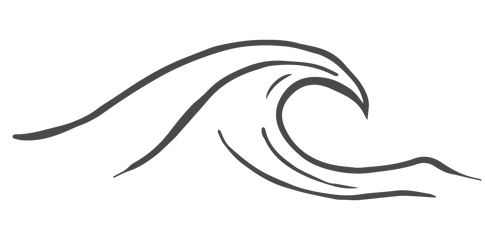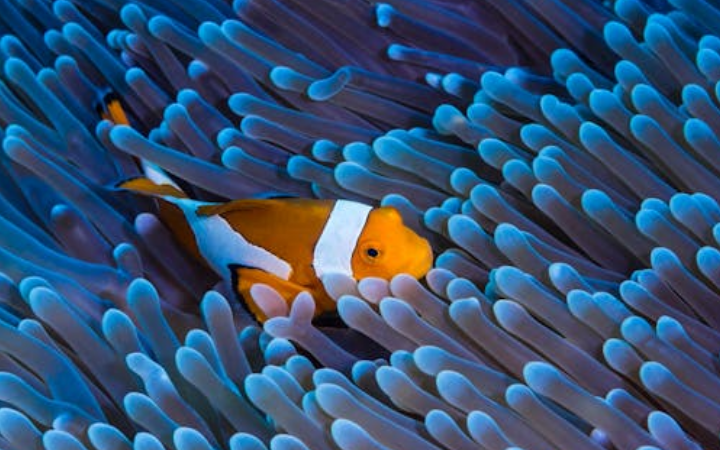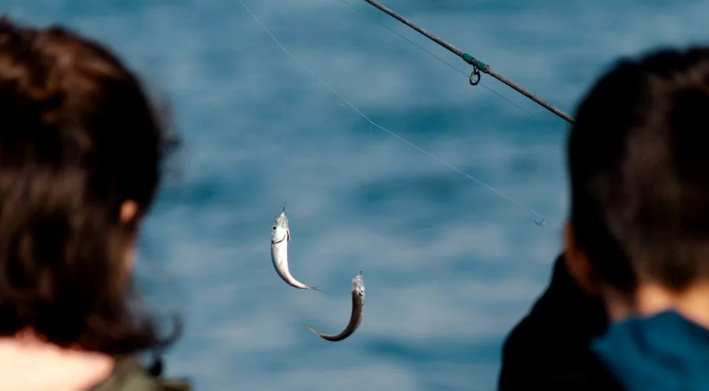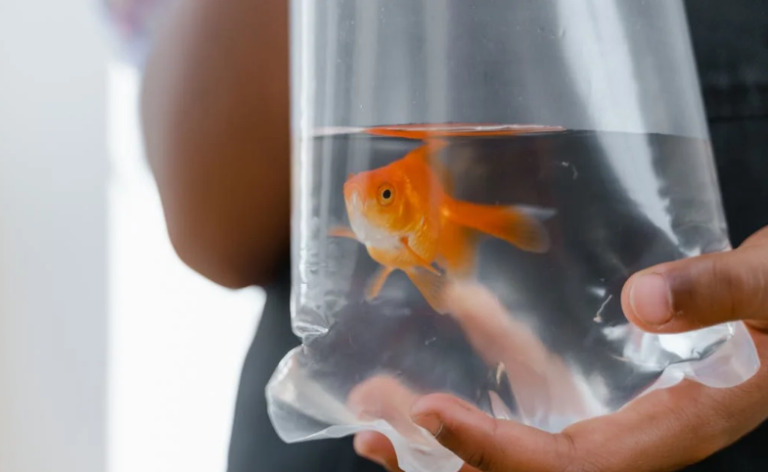Bread is a staple in many households. Its soft texture and availability make it a convenient option for feeding various animals. But when it comes to fish, the story gets complicated. Sure, they might snap up pieces of bread quickly, but is it actually good for them?
In this blog post, we’ll explore whether fish can eat bread, the effects of bread on their health, and some better feeding options for our finned friends. Whether you’re a seasoned angler, a casual pond-goer, or just curious, this article is for you.
Can Fish Eat Bread?
At a glance, it seems like fish enjoy bread. Toss a few crumbs into the water, and you’ll likely see a feeding frenzy. This behavior, however, doesn’t mean bread is good for them. Fish, like many animals, can be opportunistic feeders. They eat what’s available, and bread is easy to grab and digest.
But here’s the catch: Bread isn’t part of a fish’s natural diet. In the wild, fish eat a variety of foods depending on their species. This includes insects, plants, algae, and smaller fish. Bread, with its processed ingredients and high carbohydrate content, is far removed from these natural food sources.
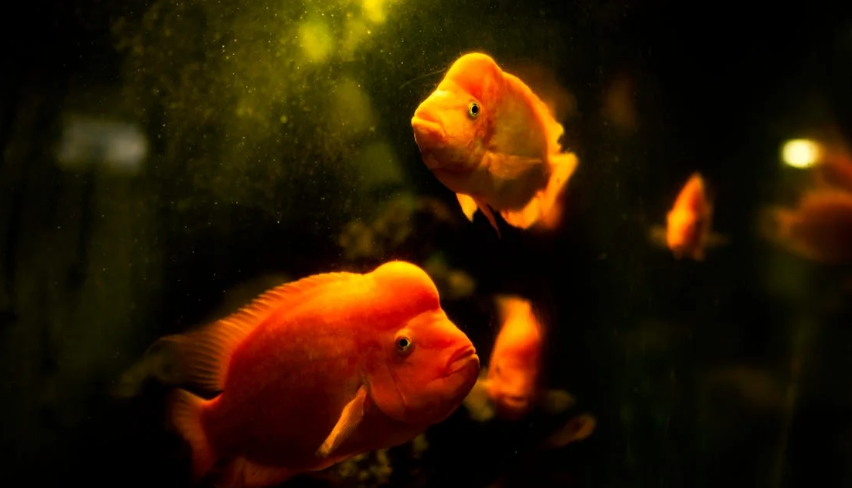
The Problem with Feeding Bread to Fish
While fish may eat bread, it doesn’t mean it’s healthy for them. Let’s break down why feeding bread to fish can be problematic:
1. Nutritional Deficiency
Bread lacks essential nutrients that fish need to thrive. Fish require a balanced diet rich in proteins, fats, and vitamins. Bread is high in carbohydrates but low in the proteins and fats necessary for fish health. Over time, a diet heavy in bread can lead to malnutrition.
2. Digestive Issues
Fish have digestive systems adapted to their natural diet. Bread is difficult for them to digest. It can swell in their stomachs, leading to bloating and other digestive issues. This can cause discomfort and potentially serious health problems.
3. Water Pollution
Bread doesn’t just affect fish health directly. Leftover bread can decompose in the water, leading to pollution. Decomposing bread increases nutrient levels in the water, promoting the growth of algae. This can result in algae blooms, which deplete oxygen levels and harm aquatic life.
4. Behavioral Changes
Feeding fish bread can alter their natural behavior. Fish might become reliant on humans for food and less likely to forage for their natural diet. This can disrupt local ecosystems and make fish more vulnerable to predators and disease.
Why Do Fish Eat Bread?
Given the problems, you might wonder why fish eat bread at all. The answer lies in their opportunistic feeding behavior. Fish are often attracted to the scent and texture of bread. It’s easy for them to consume and provides a quick energy boost. In environments where food is scarce or competition is high, fish might take whatever they can get – including bread.
Bread Types and Their Impact
Not all bread is created equal. Different types of bread can have varying impacts on fish health. Let’s look at a few common types:
1. White Bread
White bread is the most common type thrown to fish. It’s soft, easy to tear, and usually readily available. However, it’s also the least nutritious. White bread is highly processed, with most of its nutrients stripped away. It contains little fiber and is primarily made of refined carbohydrates.
2. Whole Grain Bread
Whole grain bread is a step up from white bread in terms of nutritional content. It contains more fiber and some additional nutrients. However, it still isn’t ideal for fish. The added fibers and grains can be hard for fish to digest, and it still lacks the proteins and fats they need.
3. Seeded Bread
Seeded bread can seem like a better option because of the seeds and grains it contains. Seeds can be a part of some fish’s natural diets. But the bread itself still poses the same problems – it’s hard to digest and nutritionally unbalanced. Plus, some seeds can be harmful to fish if ingested in large quantities.
Alternatives to Feeding Fish Bread
So, if bread isn’t good for fish, what should you feed them? Here are some healthier alternatives that provide the nutrition fish need without the risks associated with bread:
1. Specialized Fish Food
The best option is always to feed fish specialized food designed for their species. Pet stores and aquatic suppliers offer a wide range of fish foods tailored to different types of fish. These foods are balanced in proteins, fats, and other nutrients essential for fish health.
2. Frozen or Live Foods
Many fish thrive on a diet that includes frozen or live foods. This can include brine shrimp, bloodworms, and daphnia. These options closely mimic what fish would eat in the wild and provide a rich source of nutrients.
3. Vegetables
Some fish, especially herbivorous species, can benefit from fresh vegetables. Blanched peas, lettuce, and spinach can be good options. Always ensure that vegetables are chopped into small, manageable pieces and blanched to soften them.
4. Insect Larvae
Insects and their larvae are a natural part of many fish diets. Options like mealworms or black soldier fly larvae can be a nutritious treat for many fish species. They are rich in protein and closely resemble the diet of wild fish.
Best Practices for Feeding Fish
Feeding fish isn’t just about what you give them; it’s also about how you do it. Here are some tips to ensure you’re feeding fish in a way that promotes their health and well-being:
1. Feed in Moderation
Overfeeding is a common problem. It’s tempting to give fish more food than they need, but this can lead to health issues and water pollution. Only provide as much food as fish can consume in a few minutes.
2. Variety is Key
Just like humans, fish benefit from a varied diet. Mixing different types of food can ensure they receive a broad range of nutrients. Rotate between specialized fish food, live foods, and appropriate vegetables.
3. Observe and Adjust
Watch your fish during feeding times. If you notice uneaten food, reduce the amount you’re offering. Adjustments should be made based on their behavior and health.
4. Avoid Human Foods
Stick to foods specifically designed for fish. Human foods, including bread, are not suitable for fish diets. Even if they eat them eagerly, it doesn’t mean they’re safe or healthy.
The Environmental Impact of Feeding Bread to Fish
Beyond the health risks to fish, feeding bread can have broader environmental consequences. When bread is thrown into bodies of water, it often leads to problems that affect the entire ecosystem.
1. Algal Blooms
As mentioned earlier, leftover bread can promote algal blooms. These blooms can deplete oxygen levels in the water, leading to dead zones where aquatic life struggles to survive. Algal blooms can also produce toxins harmful to fish and other animals.
2. Attracting Pests
Bread left in water can attract pests like rats and birds. These animals can disrupt local ecosystems and pose problems for other wildlife. They can also contribute to pollution and disease spread.
3. Disruption of Natural Feeding Patterns
Feeding fish bread can disrupt their natural feeding patterns and behaviors. This can have ripple effects throughout the food chain, affecting other species and the balance of the ecosystem.
Conclusion: Make Better Choices for Our Fish Friends
In summary, while fish might eat bread, it’s not a healthy or sustainable choice for them. Bread lacks the nutrients fish need and can cause serious health and environmental issues. Instead, opt for specialized fish food or natural alternatives that provide the balanced diet fish require.
Next time you’re tempted to toss a slice of bread into the pond, think twice. Consider the well-being of the fish and the health of the ecosystem. With better feeding practices, we can ensure our aquatic friends live long, healthy lives.
By making informed choices, we can enjoy our interactions with fish without causing them harm. So, let’s ditch the bread and feed fish the right way!
